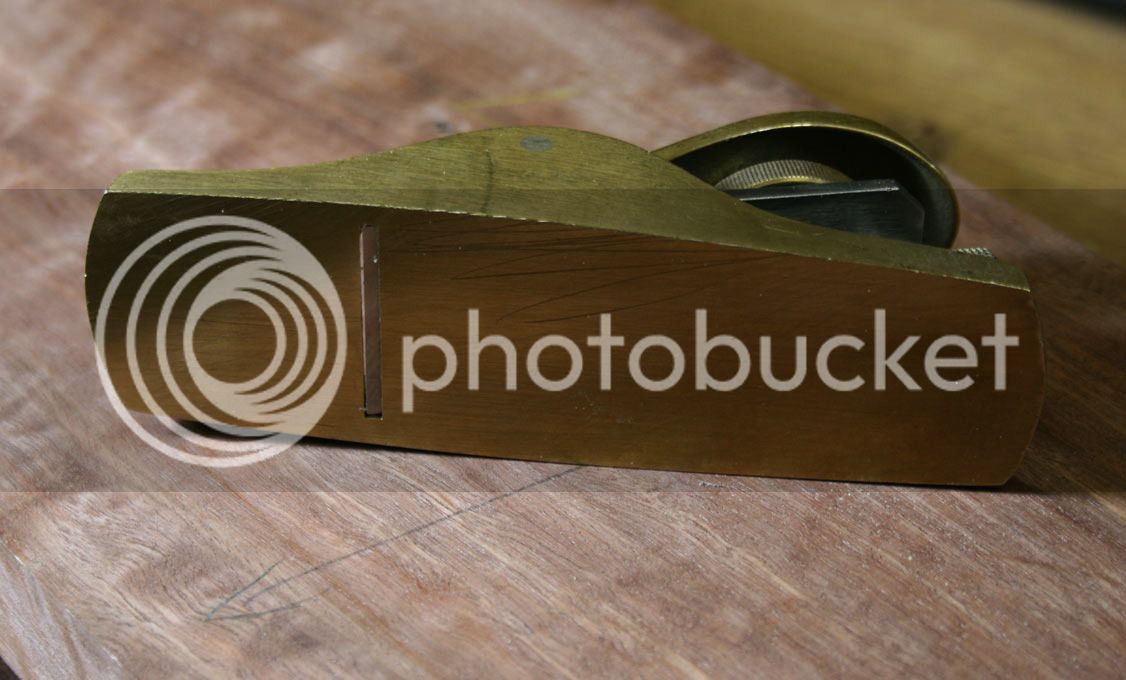@Mr_P A fiver! Bloody good deal someone got there.
@TomP That looks in nice nick but it's on for top money. Also not that early or the knob and adjustment wheel would be brass, so I think that means the "vintage" in the description is pushing it a bit.
@TomP That looks in nice nick but it's on for top money. Also not that early or the knob and adjustment wheel would be brass, so I think that means the "vintage" in the description is pushing it a bit.


































